Maybe you 've stumbled across this article because you have struggled to get your row tension right. Its a frustratingly common problem that when you find the right hook to get the correct stitch tension but your row gauge is way off. What can you do?

These three swatches were all made with the same crochet stitch, the same yarn, the same hook, same number of rows and have the same stitch gauge. So why are they such different heights? Its to do with the amount of yarn that is pulled through the stitch and the thing that seems to control that most is the tension you place on the yarn and the angle you hold your hook at. I've seen this described as three types of crocheter: yanker, rider or lifter. So I created these three swatches, one in each style to see how big the difference is.
The yanker
The yanker pulls the yarn taut (yanking it tight) when pulling the yarn through the stitch. Their hook is likely to be held at almost 90° to the row to pull it through such a small loop. They have the shortest row height and often will find that they have way more rows to 10cm/4in than the tension requires. Yankers often have lots of yarn left over at the end of a pattern that's worked by number of rows rather than measured length.

The Rider
All the loops on their hook are about the same size and they probably pull through at about a 45° angle to the row. This is the middle swatch and they are less likely to have trouble getting row gauge (however remember the designer maybe a yanker or a lifter and in which case they may)

The lifter
The lifter pulls up a big loop when bringing the yarn through the stitch. The hook is likely to be held almost parallel to the work. This creates the tallest stitches of the lot so they may find that they have fewer rows per 10cm/4in than the tension information. Lifters often run out of yarn before the end of a pattern that's worked by number of rows rather than measured length.

How big a difference does it make?
Over 8 rows the yanker swatch measured 4.5cm, the rider is 5cm and the lifter is 6cm. That gives row gauges of 18 rows, 16 rows, and 13 rows per 10cm/4in respectively. That's quite a difference. Especially when you consider that they all have the same stitch tension. To put it into perspective if you made even quite a small shawl of 60 rows you'd have depth of 33cm, 37.5cm or 46cm, thats a big difference in shawl size!
It will also be quite noticeable in things that want to maintain a sense of proportion like amigurumi not looking how the designer intended at all. Or shawl shapes being squished or elongated.
How can you use this information?
Knowing about these three styles of crocheter can help you by identifying which you are and what you might need to do to get the right row tension for the pattern you are making.
I'm naturally a rider so I had to really concentrate hard to work as a yanker and a lifter but it was definitely possible to change the way I worked and it became easier as I did more rows. I think over a larger project I'd have to really concentrate not to slip back into my usual ways.


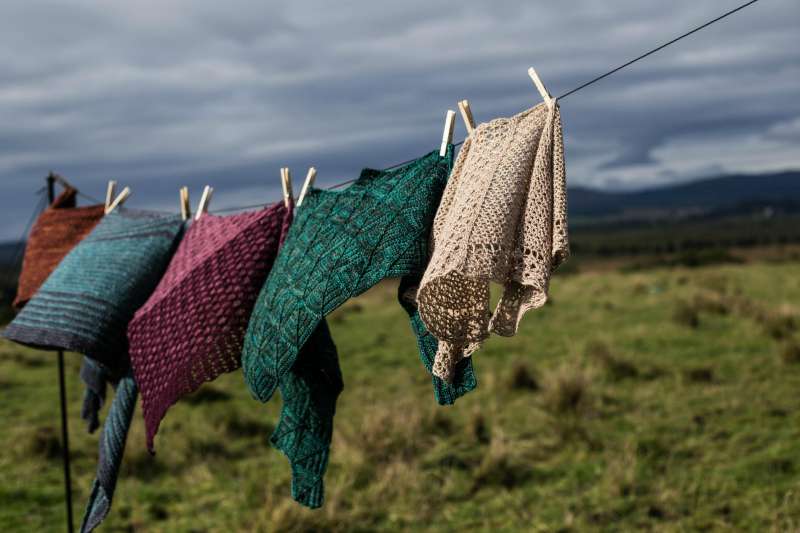
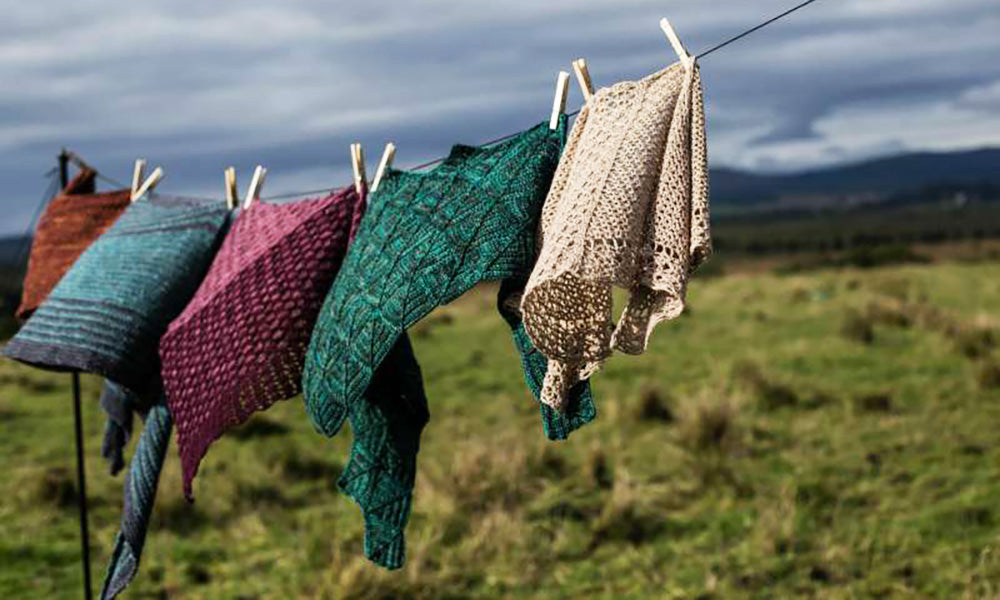
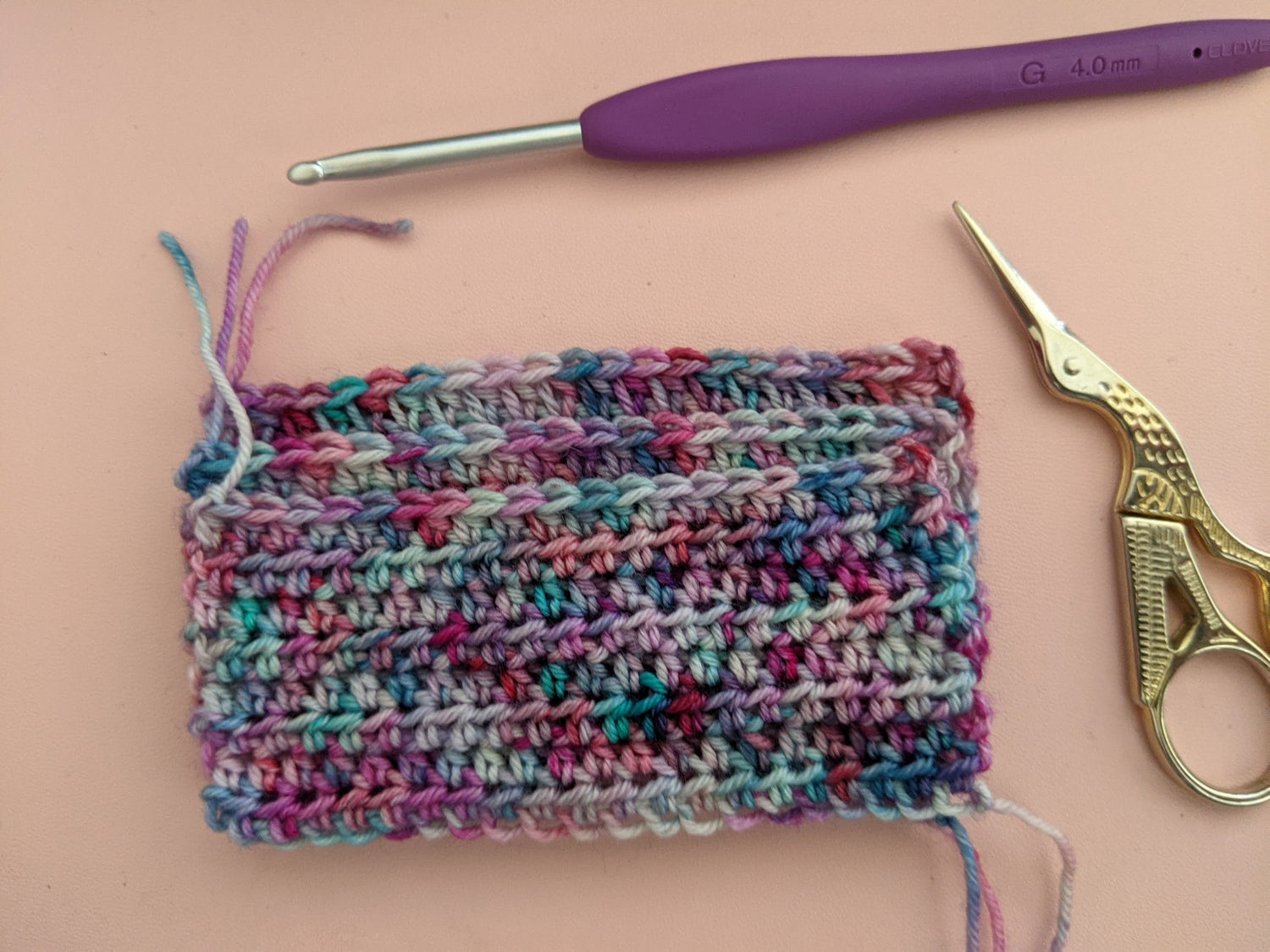
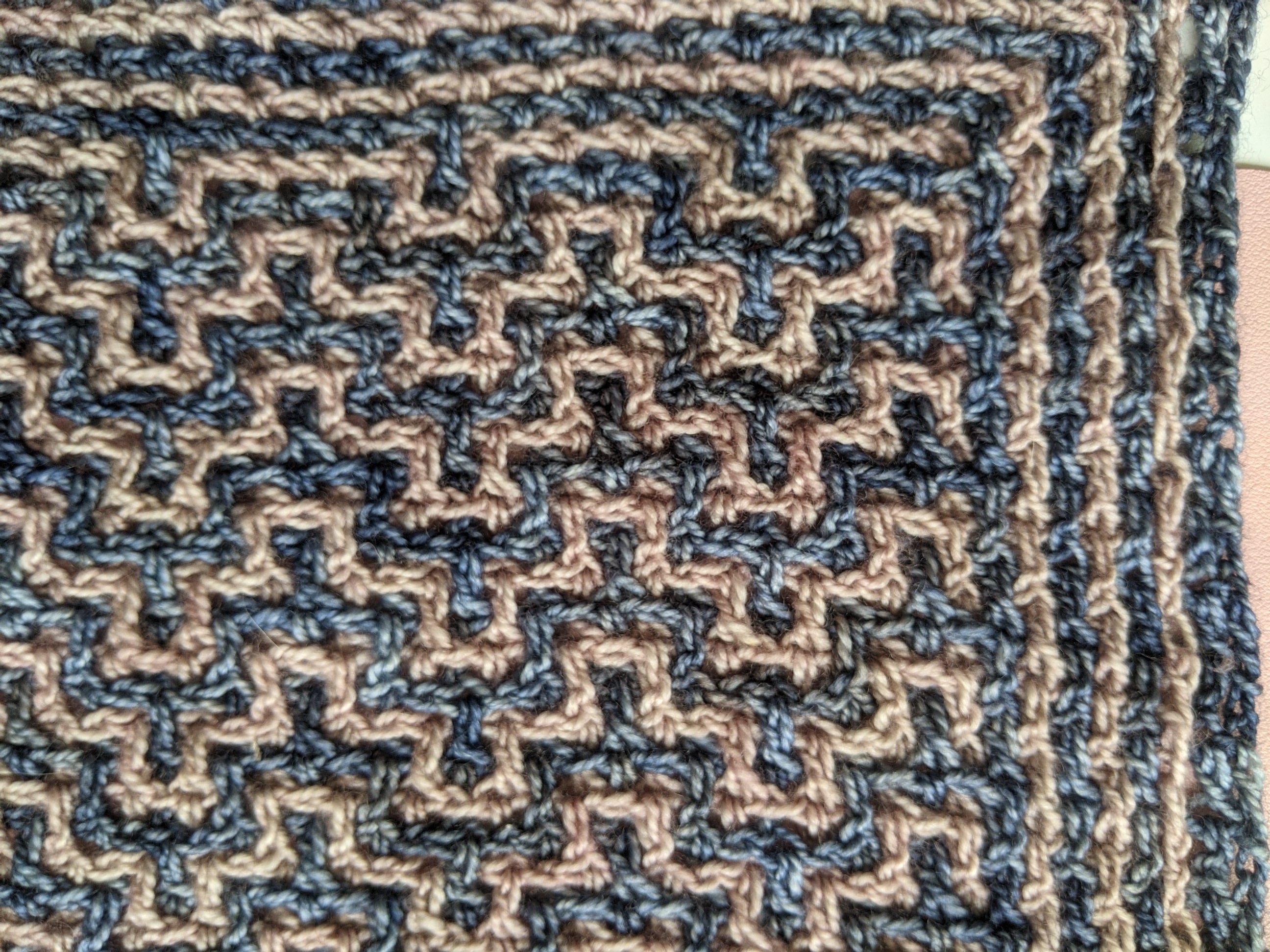
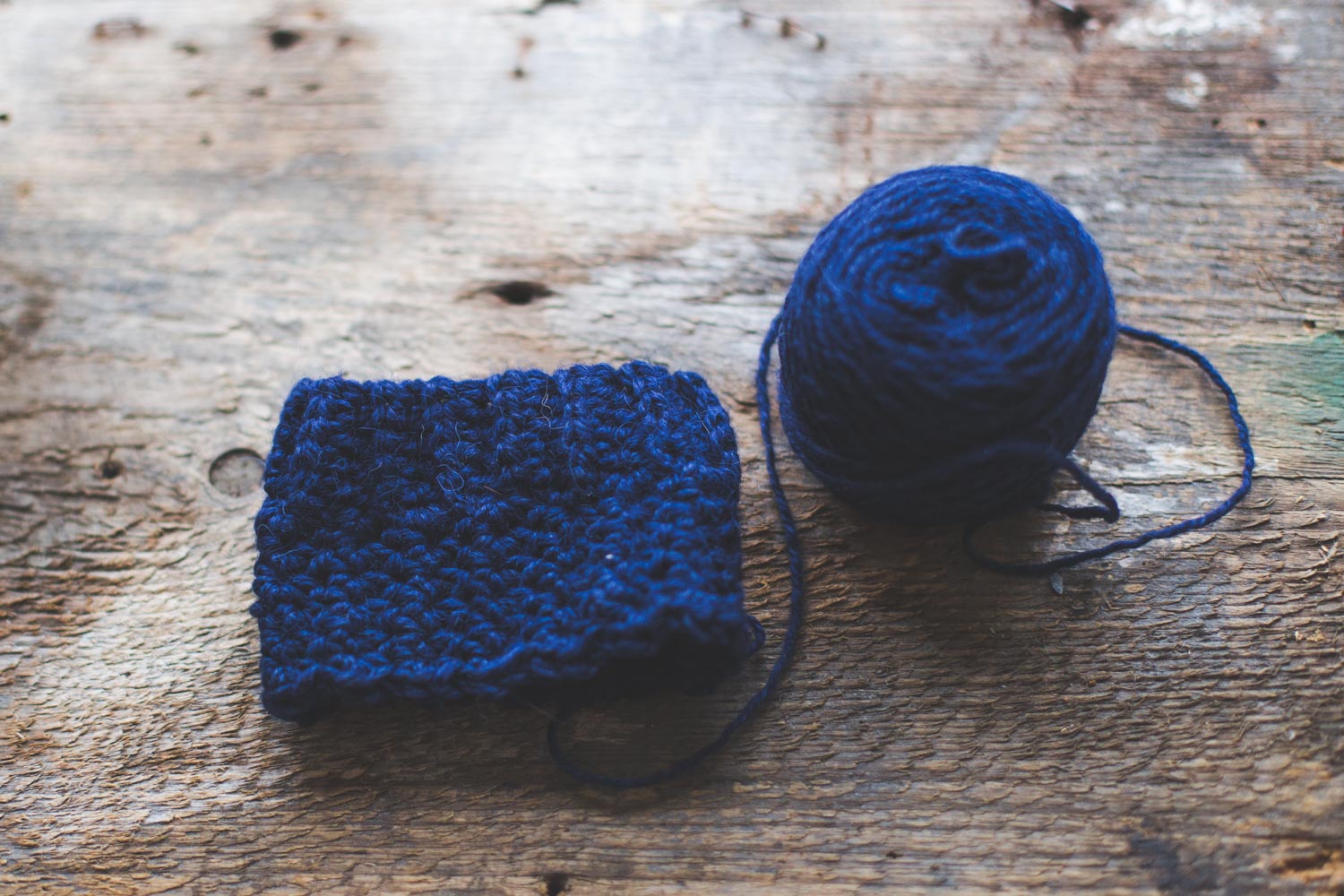
Leave a comment
All comments are moderated before being published.
This site is protected by hCaptcha and the hCaptcha Privacy Policy and Terms of Service apply.